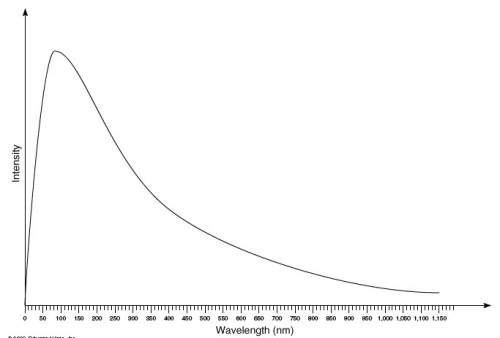
Physics, 29.11.2019 04:31 dorianhenderson987
1. the spectra of star m is compared to a reference hydrogen spectrum. what can be concluded about star m? select all that apply.
(picture below it's the first one! )
star m is showing radial motion
star m is moving toward the earth
star m is moving away from the earth
star m is not showing radial motion, but it may have transverse motion
2. the blackbody curve for a star named theta is shown below. the most intense radiation for this star occurs in what spectral band?
(picture below it's the second one! )
ultraviolet light
visible light
infrared radiation
radio waves
3. select all that apply.
the following diagram shows the path a planet around the sun. kepler discovered that
(picture below it's the third one! )
the distance from p3 to p4 is the same as the distance from p4 to p5
the speed from p3 to p4 is the same as the speed from p4 to p5
the area of b equals the area of c
the area of b does not equal the area of c





Answers: 1


Another question on Physics

Physics, 21.06.2019 22:40
Explain vector addition, triangle method and parallelogram method
Answers: 1

Physics, 21.06.2019 23:00
Aray of light traveling parallel to the principal axis of a concave mirror will be reflected through the mirror's
Answers: 2

Physics, 22.06.2019 11:50
Find the dimensions and area of the largest rectangle that can be inscribed in the upper half of the ellipse. (give your answers in terms of a and b. enter the dimensions as a comma-separated list.)
Answers: 2

Physics, 22.06.2019 14:00
Estimate the change in the gibbs energy and molar gibbs energy of 1.0dm3 of octane when the pressure acting on it is increased from 1.0 atm to 100 atm. the mass density of octane is 0.703 g cm−3
Answers: 3
You know the right answer?
1. the spectra of star m is compared to a reference hydrogen spectrum. what can be concluded about s...
Questions




Mathematics, 27.07.2021 17:10



Business, 27.07.2021 17:10





Mathematics, 27.07.2021 17:10

English, 27.07.2021 17:10

Mathematics, 27.07.2021 17:10








